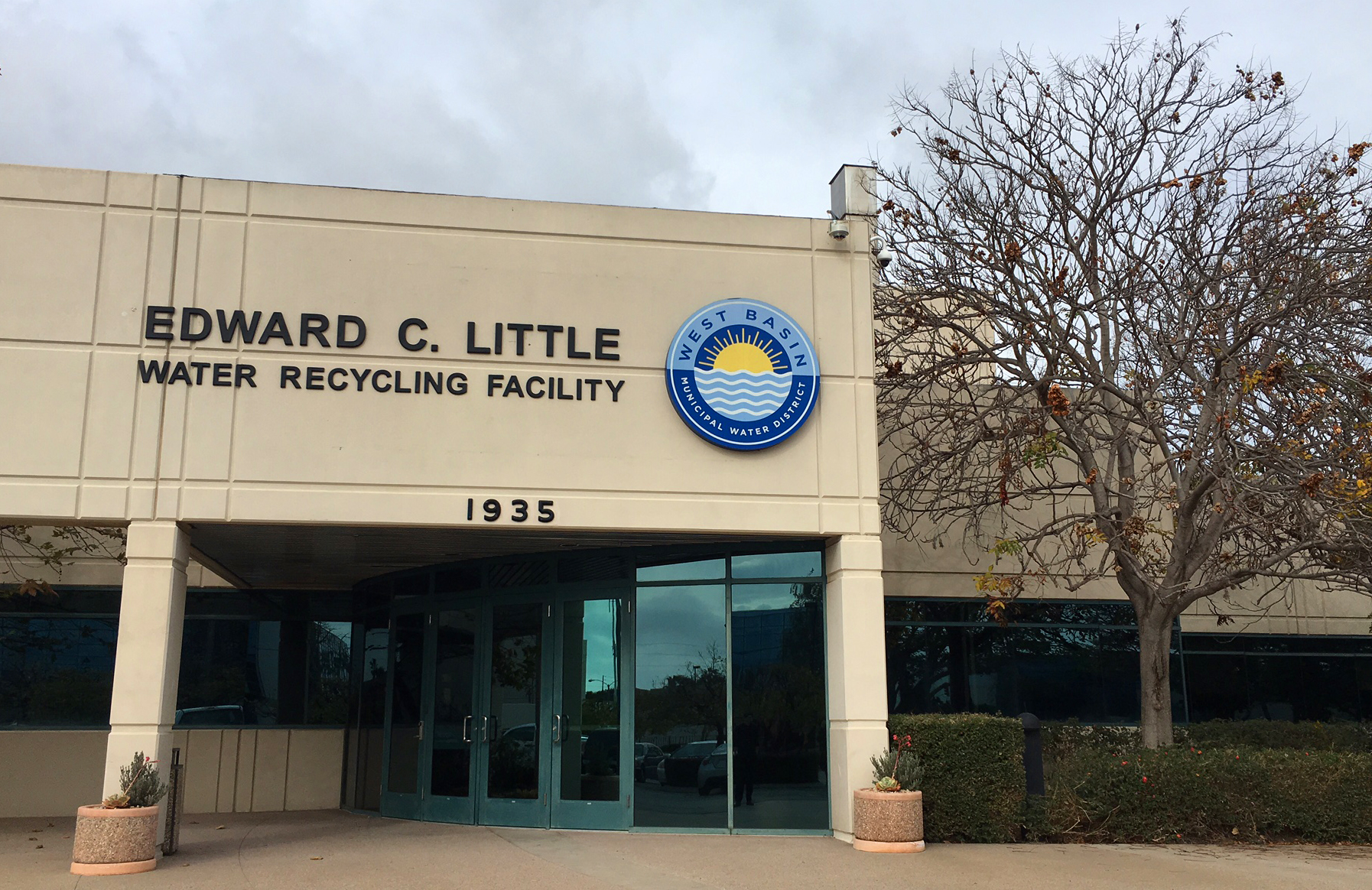California Governor Jerry Brown issued an executive order on May 9th, 2016 in order to build a more drought resilient state. Last week, we analyzed the first set of conditions regarding the governor’s increased pressure for water conservation in some regions while loosening his grip in others. Today’s blog post is about California’s cultural shift towards recycling waste water.
PART 2: Waste Water, a Reliable Water Source
California recently reclassified recycled water as a water resource and has improved the process to authorize the use of recycled water for irrigation, allocating $200 million in grants to encourage related projects.

The new order instructs that water boards across the state must:
- permanently prohibit practices that waste potable water, such as hosing sidewalks, driveways and other landscapes and washing automobiles without shut-off hoses.
- create actions to minimize water system leaks
- accelerate urban and agricultural water suppliers to improve their water systems management and data collection.
- certify innovative conservation and water loss detection and control technologies to increase efficiency.

Using recycled water for landscape irrigation and toilet flushing can save thousands of gallons of water a year. In Los Angeles, the Edward C. Little Water Recycling Facility and Santa Monica Urban Runoff Recycling Facility, also known as SMURRF are examples of a treatment plants that restore gray water from pool draining, car washing and hoses to a pristine condition.
From now on, water agencies across California should use reclaimed water as a sustainable long-term solution to withstand future droughts, of course in combination with water efficient technologies – such as Falcon Waterfree Urinals and the hybrid to withstand future droughts.

